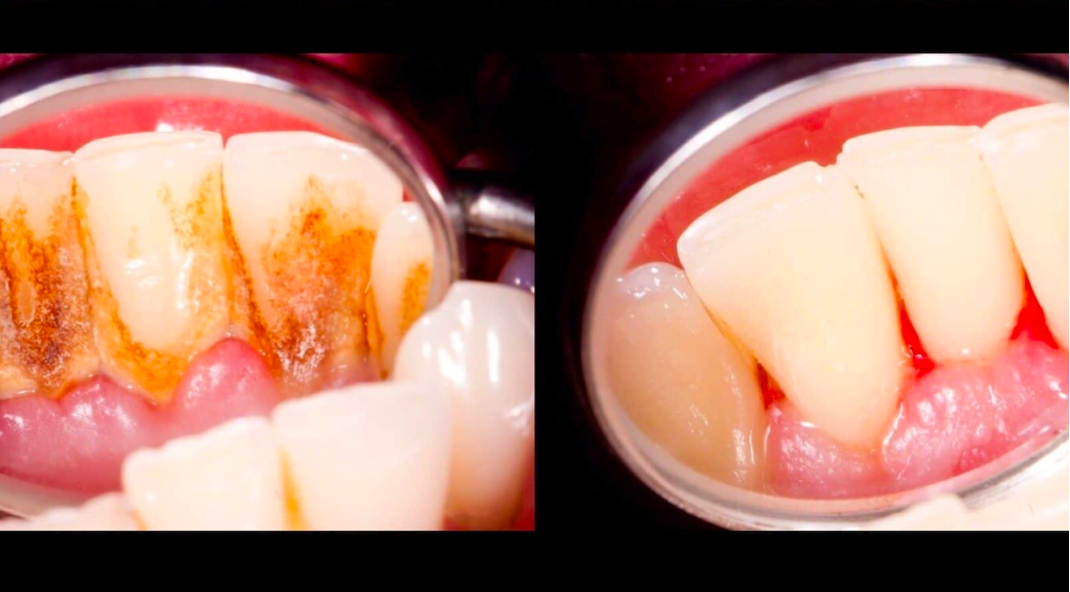Most everyone wants sparkling white teeth – it looks and feels good. As impressive as a set of gleaming chicklets is, proper oral health is important for other reasons. dental care, health, medicine, science, dental care, health, medicine, lifestyle, science, health, medicine, lifestyle, science, health, medicine, lifestyle, science,
Taking proper care of your mouth, i.e., teeth and gums, should be considered a health priority, as good oral hygiene can help prevent bad breath, gum disease and tooth decay. Good oral hygiene also helps to protect your teeth in your later years.
Research studies have linked poor oral health to some serious diseases. Here are three noteworthy discoveries:
– In 2010, researchers from New York University discovered a link between gum inflammation and Alzheimer’s disease.
– A research team at Harvard University found strong evidence for a link between gum disease and pancreatic cancer.
– A well-established correlation exists between dental hygiene and heart disease.
How plaque forms
Bacteria in your mouth mixes with food byproducts and proteins to form plaque – this stuff coats your teeth, grows below the gum line, and sticks to fillings and other dental work.
When plaque hardens, it becomes tartar – and this can lead to serious problems, including gum disease and inflammation (along with the abovementioned medical conditions.) Inflammation of the gums is a condition called gingivitis; the mild form of which is easily treatable.
Tartar almost always surfaces due to lack of oral hygiene over an extended period. The formation of plaque and tartar should motivate someone to begin caring for their teeth.
WHAT TO DO ABOUT IT
The first step is to start properly taking care of the teeth and gums. Here are the teeth brushing basics, per the American Dental Association (ADA):
– Brush your teeth twice daily. Take the time to do a thorough job (don’t rush).
– Use proper equipment. Use a good toothpaste with a soft-bristled toothbrush. Battery-operated and electric toothbrushes may reduce plaque and mild gum disease better than manual brushing.
– Use proper technique. Hold the toothbrush at a slight angle – toward the area when the tooth meets the gum line. Brush the chewing surfaces, inside and outside of the teeth, and the tongue.
– Maintain your equipment. Properly rinse and store the toothbrush in an upright position until next use. Don’t cover the brush with anything, as this can encourage the growth of bacteria.
– Replace your brush. Replace your brush every 3-4 months, which is usually when the bristles become frayed.
(For the sake of time, we’ve excluded flossing details. For proper information on flossing, refer to the ADA’s website.)
Natural solutions
Some people (including yours truly) prefer using more natural methods for some oral hygiene stuff. For example, you can make your very own mouthwash and toothpaste at home!
Preparing homemade mouthwash is simple and efficient. Additionally, self-made mouthwash isn’t loaded with alcohol and other chemicals.
How to make homemade mouthwash (and toothpaste!)
We’ve included four simple recipes for making your own oral care products. As you’ll see, all of these ingredients are widely available, inexpensive, and healthy.
They’re also effective at helping remove tartar and other bacteria from the mouth. So, let’s get going!
THESE MIXTURES COMPLETELY REMOVE PLAQUE FROM YOUR TEETH
RECIPE #1
Ingredients: anise, mint oil, lemon, water.
In a glass of water, mix a few drops of each ingredient and rinse 4-5 times daily.
RECIPE #2 (PERFECT FOR BUILT UP PLAQUE)
Ingredients: ½ cup rosemary, 1 cup of fresh mint, 2 cups of water.
Bring the water to a boil, then add the mint and rosemary. Leave the mix for about 15 minutes, and then drain. When the mix is cool, rinse your mouth thoroughly.
RECIPE #3 (NATURAL TOOTHPASTE; GOOD FOR PLAQUE REMOVAL)
Ingredients: 7 tablespoons (tbsp.) of coconut oil, 7 tbsp. baking soda, essential oil (tea tree oil and clove essential oil is recommended), 1 ½ tbsp. of Stevia.
(A 2014 study discovered the following about essential oils: they efficiently inhibit plaque, can be used with dental implants, and also inhibit certain problematic bacteria strains. Unrelatedly (but to our benefit!), the scent of lavender oil reduces anxiety and stress!)
Mix all ingredients until the paste has a consistent texture. Use this natural mixture every day instead of regular toothpaste, if desired.
RECIPE #4:
Ingredient: coconut oil (that’s all!).
(Dentists and other oral health practitioners have lauded coconut oil for its numerous benefits – fighting bacteria, cleaning the mouth’s orifices, preventing cavities, and whitening teeth.)
Swish around a couple of tbsp. of coconut oil and allow the substance to melt for 15-20 minutes. Rinse with coconut oil daily to improve and maintain oral health!
To your health!
